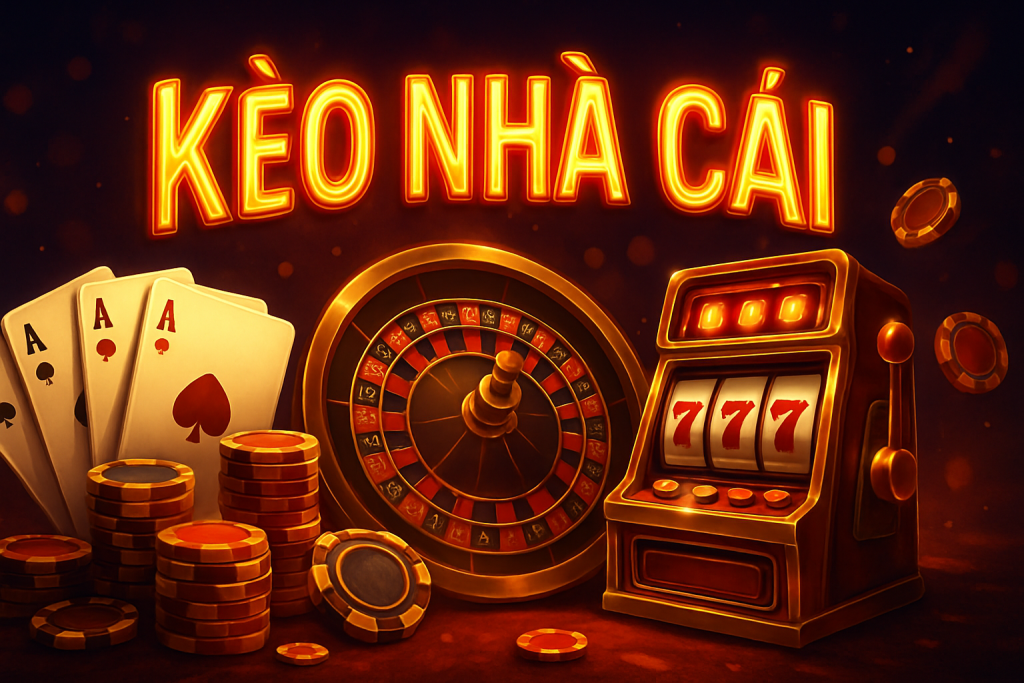
Anyone venturing into sports or casino betting must understand the importance of tỷ lệ kèo nhà cái to improve their chances of winning. These odds represent more than just numbers—they reflect deep calculations from bookmakers based on statistics, market trends, and betting behaviors. The better you understand them, the more strategic your bets become.
Odds are the core of every wager. In essence, they indicate how much you will win if your bet is successful. But beyond simple returns, they carry another layer of meaning: probability. Bookmakers don’t just pull numbers out of thin air—they run algorithms and analyze data to assign a likelihood to every outcome. As a result, odds act as a real-time reflection of the game’s dynamics and public sentiment.
Let’s take an example from sports betting to understand how it works. Suppose you see two teams matched in a football game. Team A has odds of 1.80, and Team B has odds of 2.20. This means bookmakers believe Team A is more likely to win. However, your job as a smart bettor is to assess whether those odds truly reflect reality or if there’s value to be found.
That’s where the concept of “value betting” comes into play. If you believe Team B has a much higher chance of winning than what the odds suggest, placing a wager on them could yield a higher return in the long run—even if you lose occasionally. Identifying these moments takes experience and a strong grasp of data analysis.
But it’s not just about placing the right bets. It’s also about timing. Odds shift based on new information—an injured player, a weather change, or even heavy betting volume on one side can cause bookmakers to adjust their odds. Knowing when to bet is often as important as knowing what to bet on.
Many professional bettors use software or spreadsheets to track odds across multiple sites. This practice, known as line shopping, helps ensure they’re always getting the best value. Even a small difference—say 2.00 vs 2.10—can have a big impact when scaled across many bets over time. Inconsistent odds between sportsbooks can also point to opportunities, especially if one site is slower to react to news.
One overlooked aspect of understanding odds is bankroll management. Just because the odds look favorable doesn’t mean you should bet your entire balance. Smart bettors use strategies like flat betting or percentage-based betting to manage risk over time. This not only protects your funds but also gives you more room to capitalize on long-term opportunities.
Live betting is another area where odds play a crucial role. In-game odds are updated in real-time based on the progress of a match or event. Watching these odds fluctuate gives insight into how the game is unfolding and how bookmakers view the momentum. Quick decisions and accurate assessments are essential here.
Beyond sports, even online casinos use similar principles. Slot machines, for instance, have what’s known as Return to Player (RTP) percentages. Games with an RTP of 96% mean that over time, players will get $96 back for every $100 wagered. The remaining 4% is the house edge. Understanding the odds and house edge across different games—whether it’s roulette, blackjack, or poker—helps you choose the most profitable options.
In conclusion, mastering the odds is a non-negotiable step toward becoming a successful casino or sports bettor. While luck may always play a role, those who treat betting like a skill and understand the nuances behind every line and number will ultimately make smarter, more profitable decisions.